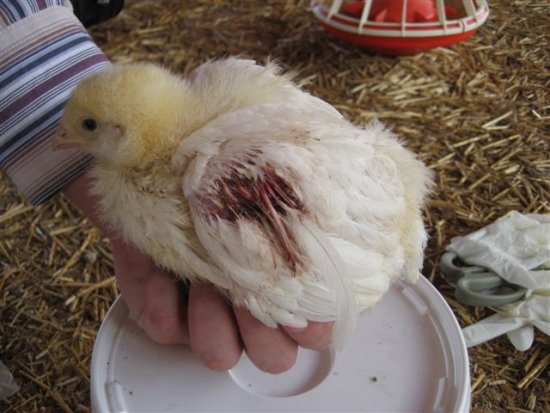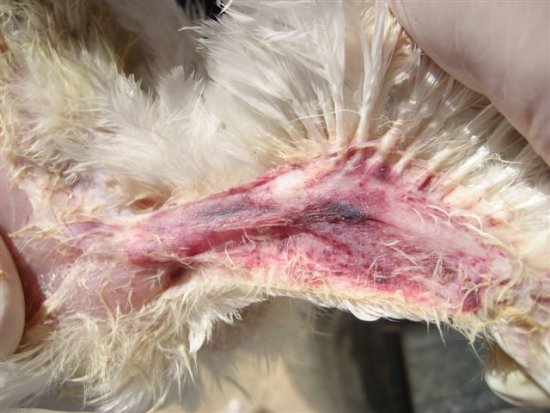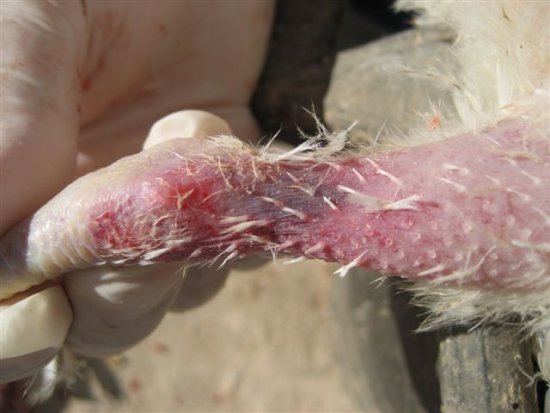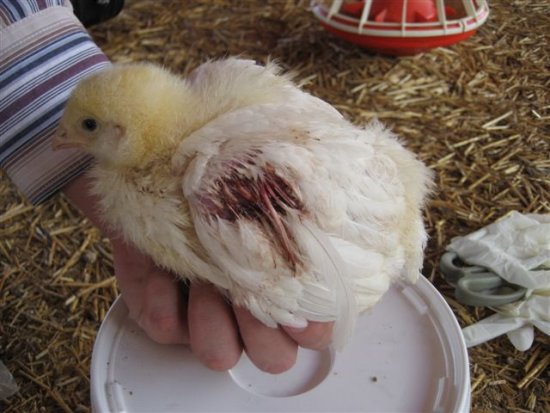Clinical signs and Consequences of Chicken Anemia Virus Infections
Birds of all ages are susceptible to infection but the clinical signs are mainly seen in young birds (<2 weeks of age). Most outbreaks occur in broilers, followed by replacement pullets and are acutely reported at around 2 – 3 weeks of age. Outbreaks in older birds (replacement pullets) have been reported when other immunosuppressive agents are involved (like Marek’s Disease virus and/or Infectious Bursal Disease virus).
The following may be seen:
- Young chickens are depressed and huddle under the heat source.
- The birds appear less developed for their age and anaemic.
Immunosuppression
The most important consequence of a CAV infection is immunosuppression. CAV infection impairs the immune system, affecting and multiplying in most lymphopoietic organs. CAV will have an impact on the generation of citotoxic T lymphocites to other pathogens (lymphocyte depletion).
CAV enhances the effect of other immunosuppressive agents such as Marek’s Disease virus and Infectious Bursal Disease virus. There are also reports of enhanced signs after Infectious Bronchitis infection due to immunosuppression. The reduction in the development of antibodies after vaccination against Newcastle Disease in CAV infected birds has been well documented.
Merck Animal Health headquarters
Go to the Merck Animal Health website to find out more about the company and read about other innovative products available.




